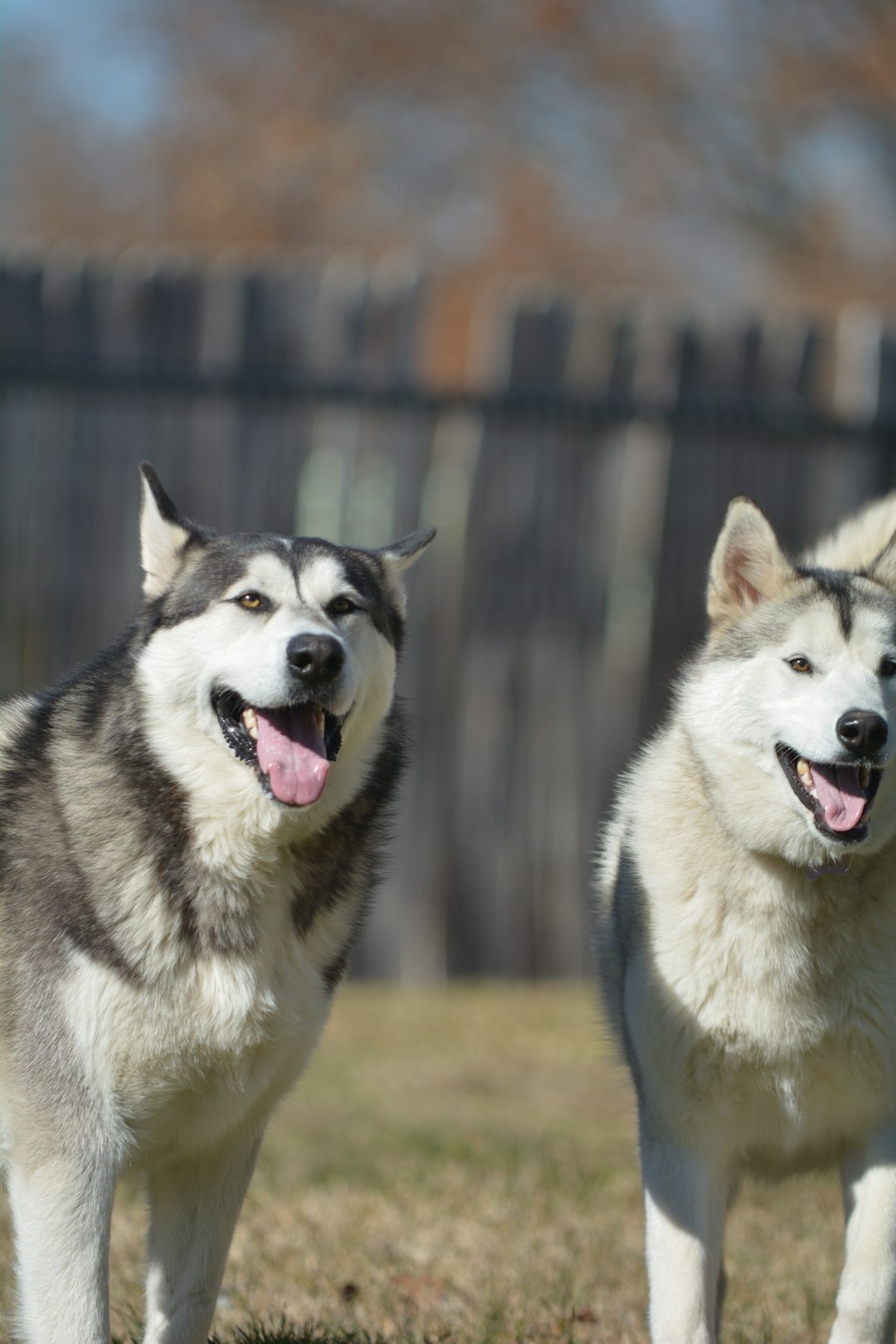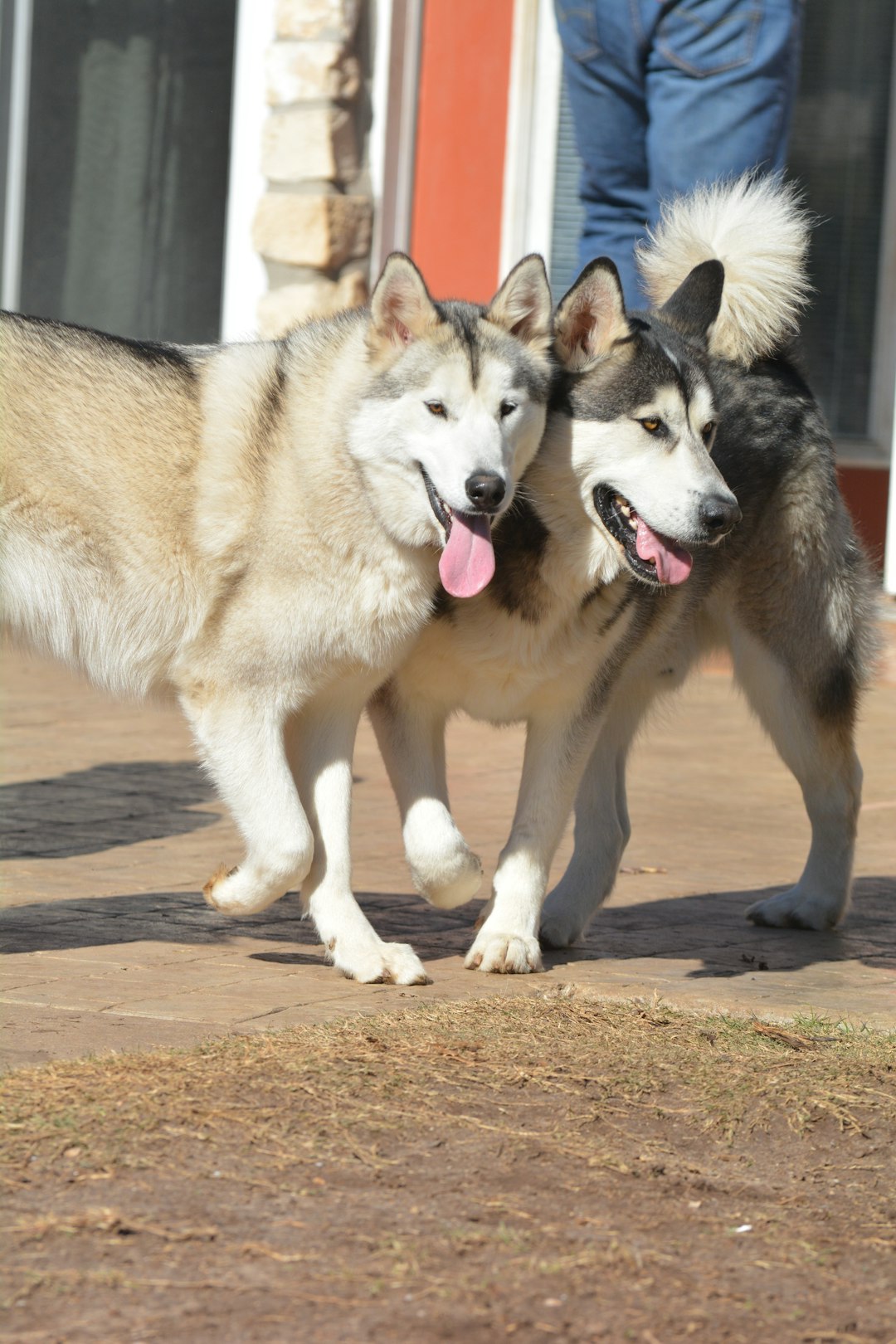Let’s face it, every dog owner knows the drill: nail clipping can feel like attempting to wrestle a greased pig while blindfolded. Fear not, brave pet parent! This guide on the Best Dog Nail Clippers will arm you with enough knowledge to tackle this daring endeavor. From types of clippers that could rival a Swiss Army knife to tips that make the process smoother than a dog’s belly, we’ll turn your home into a doggy spa—minus the towel-wearing aesthetic. So, grab those clippers and prepare to unleash your inner grooming guru!
Types of Dog Nail Clippers
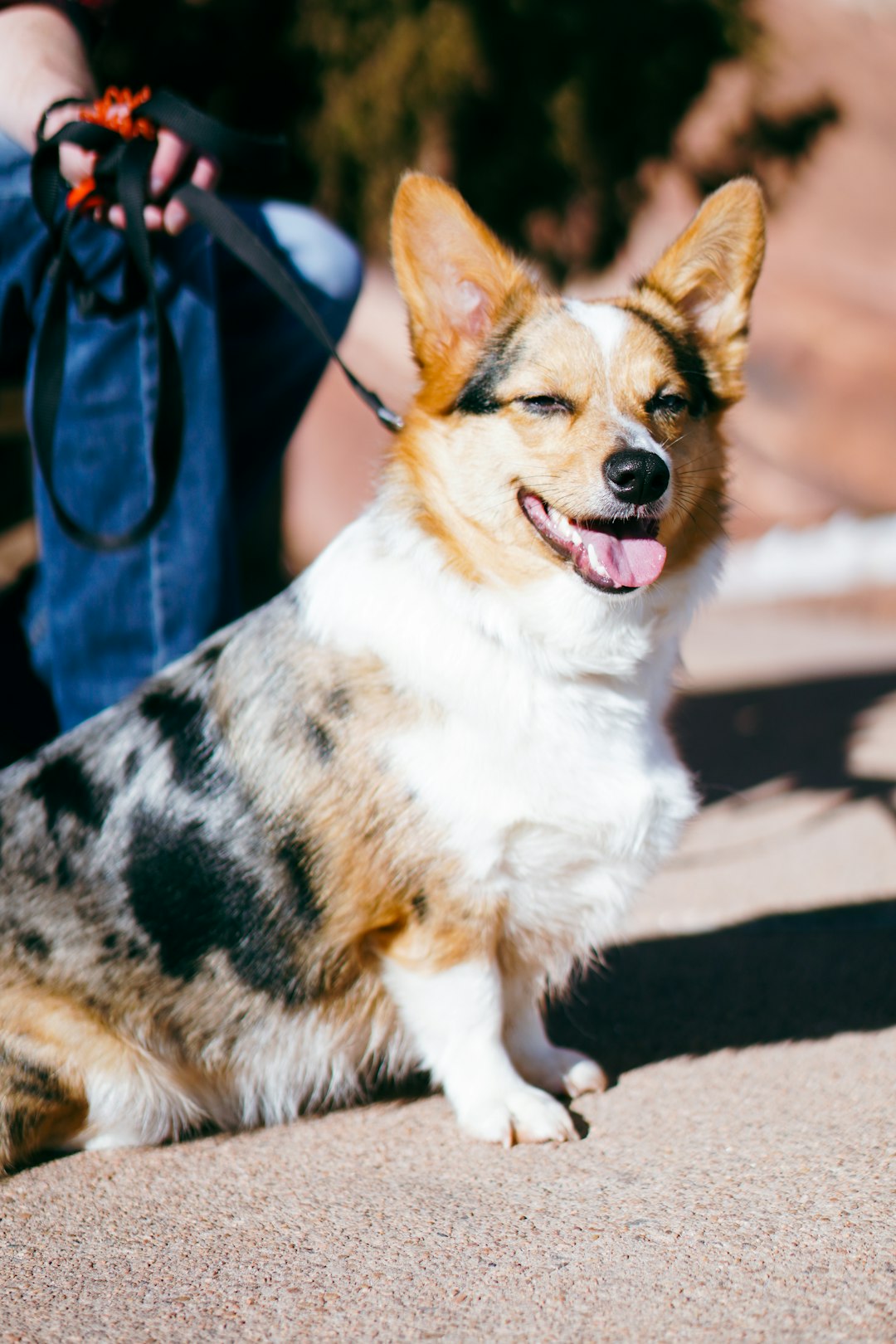
When it comes to the Best Dog Nail Clippers, choosing the right style is essential! After all, no pup wants a Jurassic Park experience at the groomers. Let’s dig into the main types of clippers you’ll encounter!
1. Scissor Clippers
- Best for: Medium to large dogs with thicker nails
- Features a scissor-like design that gives you a strong grip. Just don’t try to cut any of your kid’s science projects with these!
2. Guillotine Clippers
- Best for: Small to medium-sized dogs
- This one works like a tiny guillotine—just without the French revolution! Insert the nail and squeeze to cut. Ideal for precision!
3. Grinders
- Best for: Fiddly Fidos who resist traditional clippers
- Like a nail salon for dogs! These battery-operated beauties grind the nail down instead of cutting. Bonus: less chance of overshooting and turning your pup into a tripod!
4. Electric Nail Clippers
- Best for: Those who live in the future
- With a flip of a switch, this advanced gadget does it all. Just be prepared for a little whirring noise—perfect for pups with a penchant for dramatic flair!
Whether you’re after the Best Dog Nail Clippers for a monster mutt or a tiny terror, each style has its perks. Choose wisely and your doggie pedicure will be a walk in the park! 🐾
Key Features to Consider
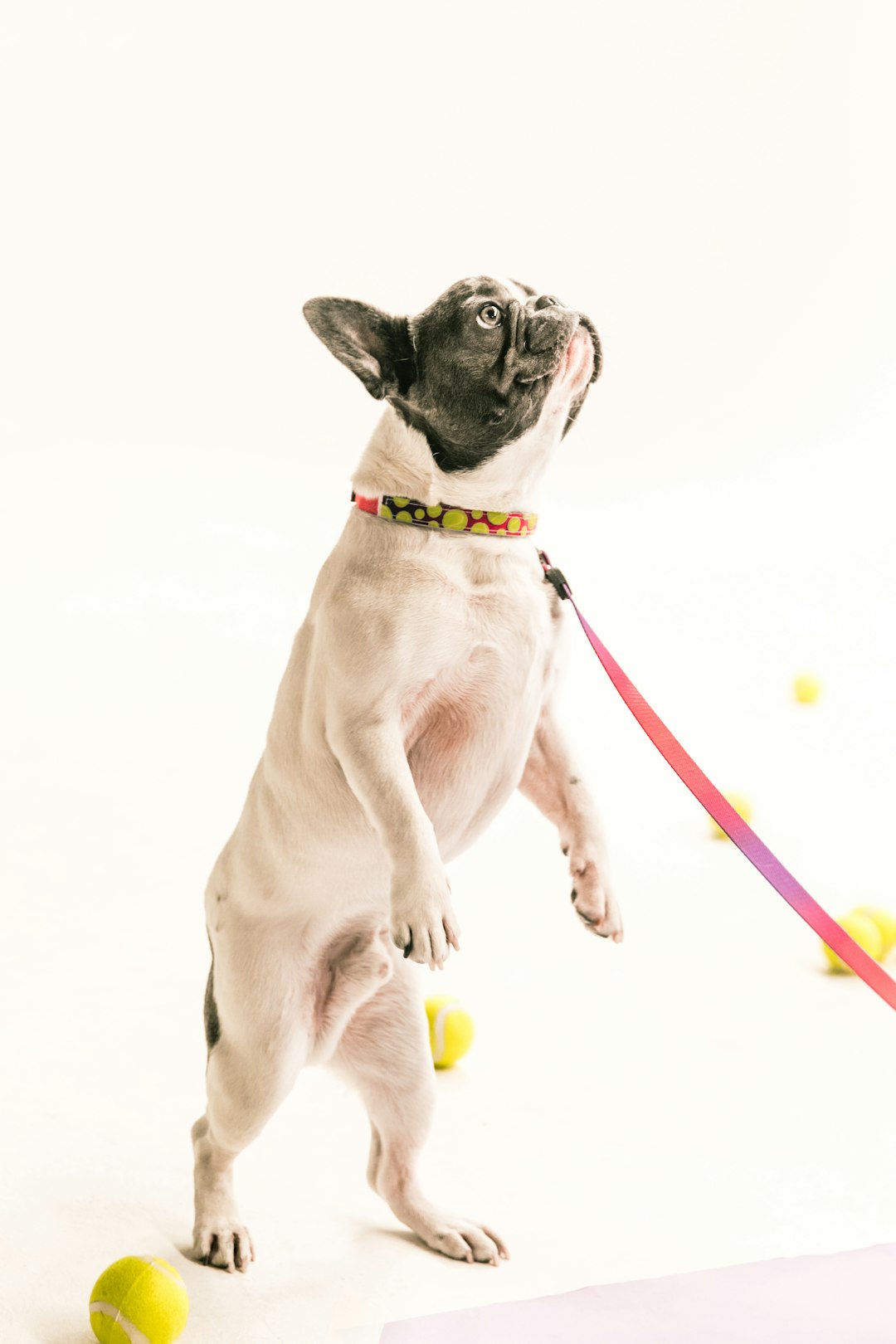
When diving into the world of dog nail clippers, you may feel as if you’re choosing between a spaceship and a toaster. Fear not! Here’s a simple breakdown of key features to consider when hunting for the Best Dog Nail Clippers.
1. Blade Type
- Guillotine Style: Perfect for precision cuts. Just don’t try to use it on your sandwich!
- Scissor Style: Best if you want to feel like a hairdresser…for dogs. Snip, snip, hooray!
2. Size Matters
- Small clippers for small dogs (Pomeranians, Chihuahuas)
- Larger options for bigger breeds (Great Danes, St. Bernards)
3. Safety Features
- Safety Guard: Keeps you from turning “Nail Clipping” into “Nail Biting.”
- Locking Mechanism: Prevents accidental doggy pedicures when stored.
4. Comfort Grips
- Make sure your hands don’t transform into claws. Ergonomic handles = happy hands!
Quick Comparison Table
| Feature | Guillotine Style | Scissor Style |
|---|---|---|
| Precision | High | Medium |
| Best for | Small to medium breeds | All breed sizes |
| Safety Guard Available? | Yes | Optional |
| Ergonomic Handle | Often | Common |
So there you have it! Keep these features in mind and you’ll be well on your way to finding the Best Dog Nail Clippers that turn your hound’s grooming sessions from “Eek!” to “Yay!”
How to Choose the Right Size
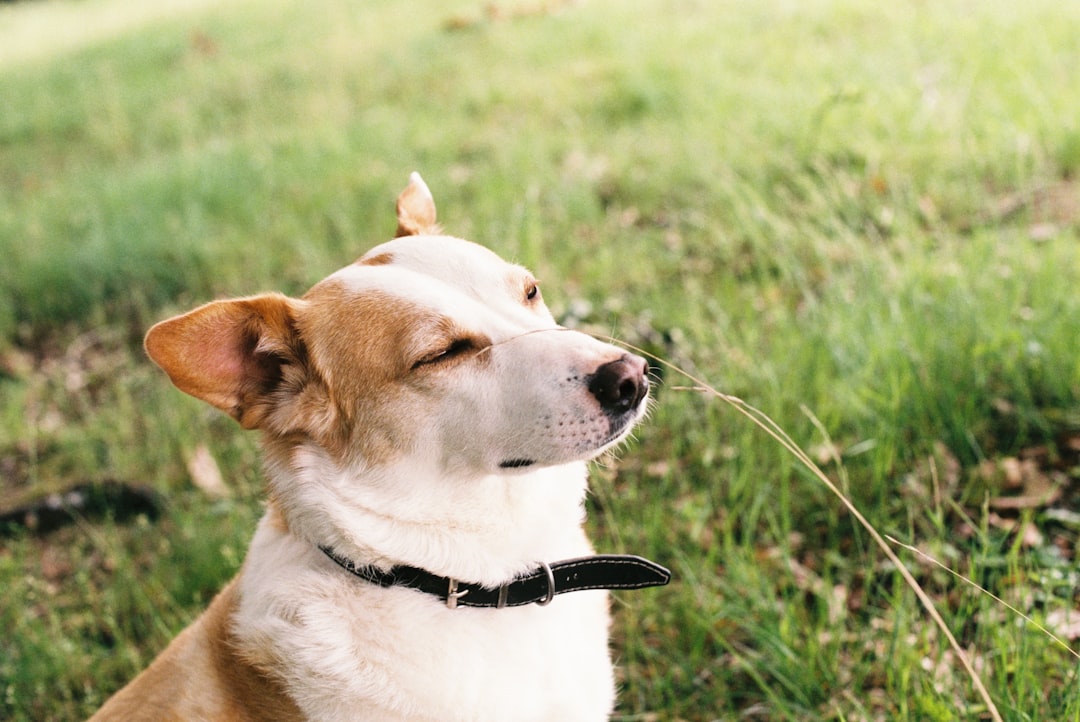
Choosing the right size in the world of dog nail clippers is like picking the perfect slice of pizza — you don’t want it too small, or too big, but just right! So, let’s break it down:
- Big Dogs, Big Clippers: Larger breeds like Great Danes need hefty equipment. Go for heavy-duty versions to tackle those thick claws.
- Small and Mighty: For pint-sized pups, dainty clippers are the way to go! Think of tiny, precise tools that don’t resemble garden shears.
- Medium Paws, Medium Tools: For those middle-of-the-road pooches, a standard clipper will work wonders. Obviously, measure twice, clip once!
Here’s a quick comparison table to help:
| Dog Size | Recommended Clipper Size |
|---|---|
| Tiny (under 10 lbs) | Small scissor or guillotine |
| Medium (10-50 lbs) | Standard scissor or guillotine |
| Large (50+ lbs) | Heavy-duty scissor |
Remember, using the Best Dog Nail Clippers tailored to your dog’s size prevents disastrous slip-ups — you don’t want to turn a nail trim into a comedy skit! So grab the right pair, and let the clipping begin! 🐾✂️
Step-by-Step Guide on How to Use
Using the Best Dog Nail Clippers is simpler than convincing your pup that the vacuum cleaner is not a monster. Follow these steps for a seamless nail clipping experience:
- Prepare Your Pup:
- Give your dog a good belly rub or their favorite treat. Trust is key—remember, you’re not a villain here.
- Get Your Gear:
- Grab the Best Dog Nail Clippers, a nail file, and some treats. Oh wait, don’t forget the band-aids for you if your dog gives you the “let’s discus this later” face!
- Positioning:
- Make your dog comfortable. Ideally, find a spot where they can see you, ensuring you’re their “trusty sidekick” during this epic adventure.
- Clipping Time:
- Hold the paw steady and gently press the clipper’s handle. Make sure to position it at the right angle—no need for a nail art session here.
- File Away:
- Not feeling confident? After clipping, use a nail file to smooth the edges. Voila! Your dog’s paws are now runway-ready.
- Rewards All Around:
- Shower your pup with treats and praise! After all, they deserve a little celebration for their cooperation (and you for your bravery).
Now, go forth and wield those Best Dog Nail Clippers like a true grooming hero!
Tips for Comfortable Nail Clipping
Clipping your dog’s nails doesn’t need to feel like preparing for a medieval torture session. In fact, with the right approach, it can be as breezy as a Sunday afternoon! Here are some paws-itively brilliant tips for ensuring a comfortable experience for both you and your furry friend while using the Best Dog Nail Clippers:
- Choose the Right Time: Pick a moment when your pooch is calm—possibly post-playtime or after a good romp. Trying to clip nails during a zoomie session is a recipe for disaster!
- Get Cozy: Make sure your dog feels comfy! Use a soft blanket or their favorite spot. A cozy pup equals relaxed clipping.
- Treats Galore: Treats are your best friend! Reward your dog with their favorite snacks during and after clipping. They’ll associate nail trimming with deliciousness!
- Gentle Praise: Use soothing words, pats, and praises to keep spirits high. “Who’s a good boy?” should echo through the house as you cut those claws!
- Have the Right Gear: The Best Dog Nail Clippers should feel right in your hand—if they’re uncomfortable for you, they won’t be comfy for your dog!
Now go forth and conquer those nails with confidence!
Common Mistakes to Avoid
Ah, the noble quest for the Best Dog Nail Clippers! Even with the finest tools at your disposal, choosing the wrong strategy can lead to blood (yours or your pup’s!). Let’s sidestep those furry misfires together.
Here are some common blunders to avoid:
- Ignoring the Nail Anatomy: Don’t play Russian roulette! Identify the quick (or the pink mushy part) to avoid that grisly moment where you snip too deep.
- Clipping Too Often: Nail clipping should be a treat, not a daily affair! Aim for every 3-4 weeks. After all, nobody likes a nag.
- The “One Size Fits All” Mentality: Just because your toy poodle’s buddy uses pliers doesn’t mean you should! Pick a size tailored to your dog’s breed.
- Skipping the Rewards: Treats aren’t just for good boys and girls; they’re your secret weapon! Reward your pooch for being brave during their ‘spa’ day.
By avoiding these costly mistakes, you’ll be well on your way to finding the Best Dog Nail Clippers that suit your furry friend! Happy clipping! 🐾✂️
Maintaining Your Nail Clippers
So, you’ve got your paws on the Best Dog Nail Clippers, and now it’s time to ensure they continue to shine like the stars they are! Just like a well-tuned engine, your clippers need regular maintenance to perform at their best. Here’s how to keep those snippers in tip-top shape:
- Cleanliness is Barkliness: After each use, give your clippers a quick wipe with a clean cloth to remove nail clippings and debris. No one wants a dirty tool making snips!
- Sharpness Matters: Dull clippers are like a dog in a cat costume—confusing and downright ineffective. Regularly check for sharpness and sharpen them if necessary. You can invest in a sharpening tool or consult a professional.
- Storage Solutions: Secure your clippers in a dry, cool place away from the elements. A drawer is great; leaving them outside is not. Think of your clippers as a prized bone—safekeeping is essential!
- Inspect the Joints: Occasionally oil the pivot point to keep your clippers moving smoothly. A little oil goes a long way—like a treat after a good walk!
By maintaining your Best Dog Nail Clippers, you’ll ensure that clipping remains a breezy experience and that both you and your pup stay happy!
When to Seek Professional Help
Sometimes, you might think you’re the next Bob Ross of dog grooming. Sadly, not every masterpiece turns out like a happy little tree; that’s when you should consider calling in the pros! Here are some telltale signs that it’s time to hand over the Best Dog Nail Clippers for someone else to wield:
- Fear Factor: If your pup seems to transform into a mini tornado at the sight of your Best Dog Nail Clippers, it might be time for a professional. Seriously, if their eyes bulge and they start plotting their escape route, you’re better off letting an expert take the wheel.
- Nail Neglect: If your dog’s nails resemble medieval weapons rather than cute little toe beans, don’t hesitate to seek help. We’re talking about claws that could be mistaken for a Wolverine audition callback!
- Health Complications: If you spot bleeding or a stubborn hangnail that refuses to budge, save that nail’s dignity and consult a veterinarian instead.
Remember, not every clipping adventure should happen in your living room. Sometimes, it’s just safer to leave it to the professionals!
Frequently Asked Questions
How do I know which nail clippers are best for my dog?
Choosing the right nail clippers for your dog is as daunting as picking the best snack for your pup—impossible! First, consider your dog’s size and nail thickness. Small dogs might prefer scissor-type clippers, while larger dogs may need the muscle of guillotine-style clippers. If you’re still unsure, consult your dog’s opinion—wait for them to wag their tail, then throw a treat, and whichever clipper you were looking at should be the front runner!
What if my dog hates getting its nails trimmed?
Ah, the classic case of ‘Nail Clippers? No thanks!’ If your dog acts like you’re trying to take away their favorite bone, fear not! Start by desensitizing them to the clippers—let them sniff it and praise them like they just discovered a new flavor of kibble. Also, consider bribing with tasty treats and lots of belly rubs. If all else fails, the professional groomer might just have enough enchanting magic to handle the situation.
How often should I trim my dog’s nails?
Nail trimming frequency is more about your dog’s lifestyle rather than a one-size-fits-all solution! If your pup spends more time in the wild than a raccoon on a scavenging spree, you might need to trim their claws every 4-6 weeks. But if they’re more of an indoor couch potato, you’ll want to keep a closer eye and trim about every 3-4 weeks. Remember, if you hear clicking when they prance around the house, it’s time to grab those clippers!
What should I do if I accidentally cut too far and make my dog bleed?
First, don’t panic! Your dog may act like you just asked them to wear a tutu, but keep the drama to a minimum. Apply a styptic powder to stop the bleeding or use cornstarch if you’re out of the fancy stuff—think of it as an impromptu first-aid session. Distract your dog with their favorite toy or treat! After all, nothing heals the soul (and a tiny paw) like a cookie!


